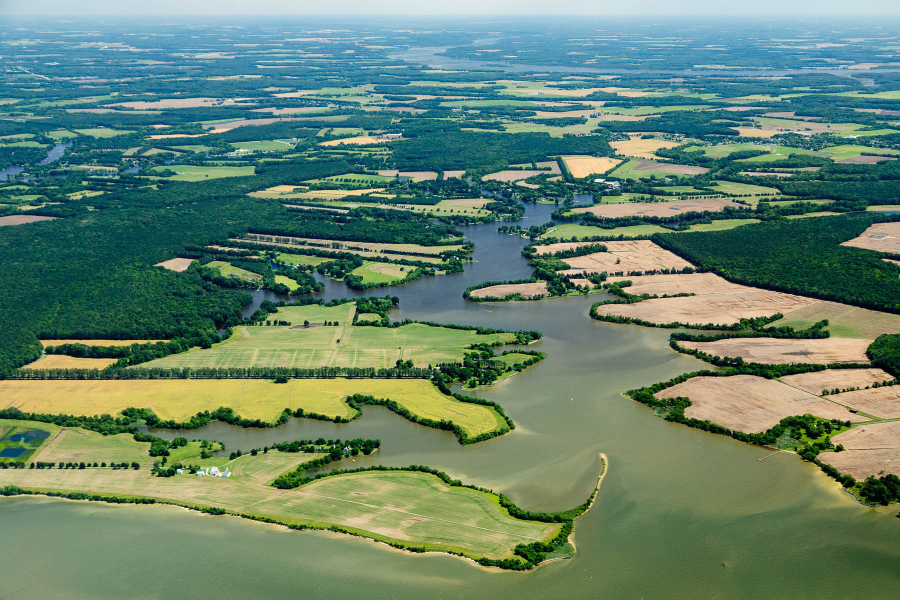Chesapeake Bay Program sets new targets for nutrient reductions
Planning targets will carry the six Bay states and D.C. through 2025

Established in 2010, the Chesapeake Bay Total Maximum Daily Load, or Bay TMDL, set limits for major sources of nitrogen, phosphorus and sediment pollution entering the Chesapeake Bay. Pollution reductions are critical for improving water quality standards and ensuring the Bay is healthy for humans, plants and animals.
These pollution limits, or allocations, were divided across the six Chesapeake Bay watershed states—Delaware, Maryland, New York, Pennsylvania, Virginia and West Virginia—as well as the District of Columbia. These allocations were set using state-of-the-art modeling tools, extensive monitoring data and peer-reviewed science.
The six watershed states and the District of Columbia prepare Watershed Implementation Plans (WIPs), which include detailed, specific steps they will take to reduce their pollution loads and meet these allocations. Currently in the process of developing their third WIP since the establishment of the Bay TMDL, these jurisdictions now have new nitrogen and phosphorus targets to meet for pollution reduction that were recently approved by the Chesapeake Bay Program partnership.
These new planning targets were set based on refinements made to the most recent version of the Watershed Model, Phase 6, which uses the most up-to-date science and monitoring data available to replicate the conditions of the Bay. The Phase 6 Watershed Model includes more insight on how pollution loads have changed as pollution control practices have been implemented across the region.
The new planning targets take into account the importance of location and geography in the effectiveness of pollution control measures and actions. Targets not only exist for each of the states and the District of Columbia, but also for the major river basins throughout the watershed, because implementing the same action in different areas could have varying levels of impact. For example, a pound of nitrogen reduced in the James River might not have the same impact as a pound of nitrogen reduced in the Potomac River.
The partnership recently announced that it exceeded its 2017 pollution reducing targets for phosphorus and sediment, but fell short of its goal for nitrogen. Experts attribute the overall drop in estimated pollution loads to technological upgrades at wastewater treatment plants and the increased implementation of agricultural best management practices.
These new planning targets will help the six states and the District of Columbia develop Phase III WIPs to reduce nitrogen, phosphorus and sediment pollution by 2025, but efforts will need to be increased to meet these goals. The planning targets are set and will not be adjusted through 2025, when the Bay TMDL calls for 100 percent of pollution reducing practices to be in place. The Phase III WIPs will be final in August 2019.

Comments
If the Cumberland county, Virginia, Board of Supervisors and County Waste get their plan for a mega, 1200+ acres landfill, the Bay will surely be hurt. What is the Foundation doing to prevent this landfill from being built? The site includes critical wetlands and Muddy Creek which feeds the Bay. All of that will be compromised. The county residents need help desperately to fight this proposed mega landfill.
Thank you!
Your comment has been received. Before it can be published, the comment will be reviewed by our team to ensure it adheres with our rules of engagement.
Back to recent stories